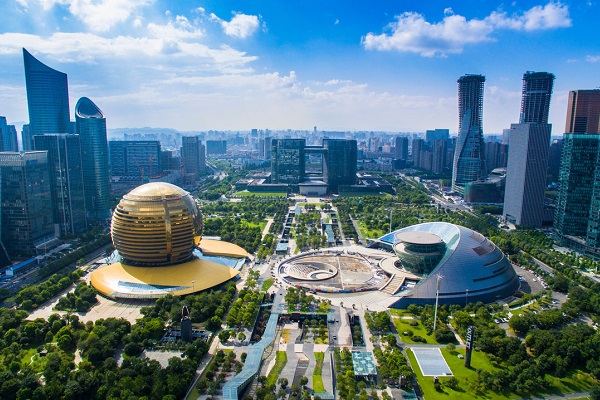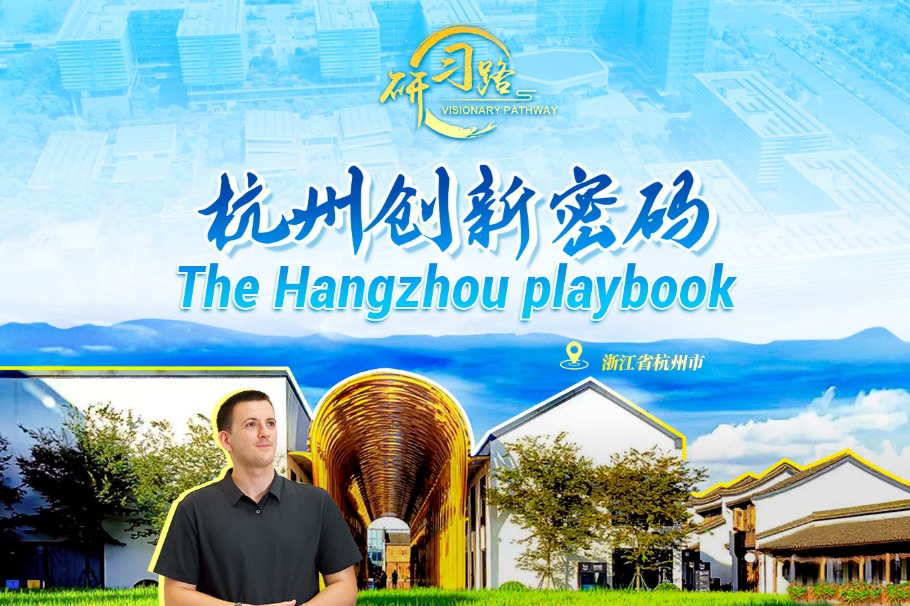Hangzhoufeel training program kicks off with DeepSeek lectures
The Hangzhou International Communication Center or HZICC launched the first event on March 21 of its Hangzhoufeel Training Program — DeepSeek and International Communication.
The event featured three renowned experts who are both users and researchers of AI, sharing their insights with over 100 attendees from media, universities and research institutions.
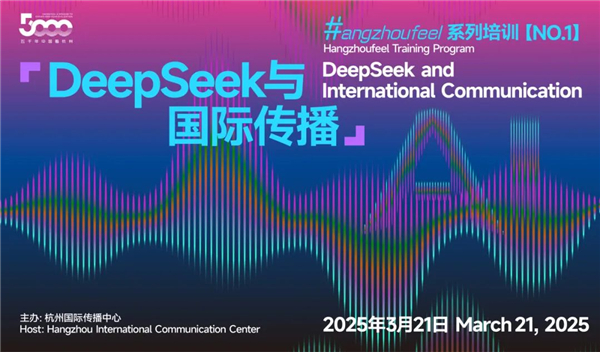
A poster promotes the training program.
The art of asking questions
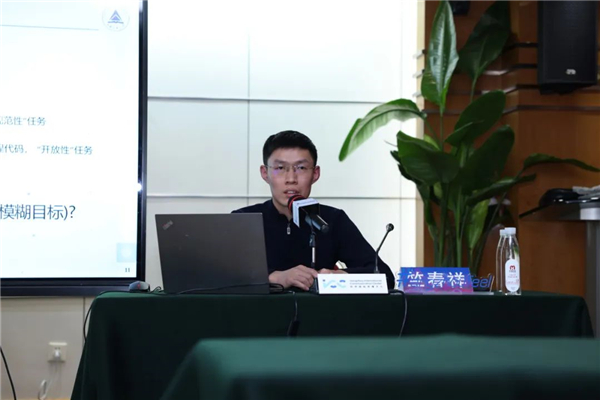
University lecturer Zhu Chunxiang gives a lecture.
Why does AI sometimes go off-track or talk nonsense? How can you use DeepSeek to get the answers you want? Zhu Chunxiang, a lecturer and master's degree student supervisor at China Jiliang University, provided a comprehensive introduction to DeepSeek and explained the key models behind it — the Basic Model (V3) and Deep Thinking (R1).
"Think of the V3 model as a smart and obedient student who always completes tasks to standard, but lacks creativity," Zhu explained.
"The R1 model, on the other hand, is a smart but independent student who may sometimes be difficult to control but is full of innovative ideas. It could give you exactly what you need, or it might not," Zhu added. He emphasized that selecting the right model according to your needs is crucial for making the best use of DeepSeek and AI.
Another key is crafting clear prompts. To ensure AI "understands" and gives you the desired answer, the instructions you provide need to be as specific as possible. Zhu shared some useful tips for prompting AI, such as the RTGO structure — Role, Task, Goal, Operation — to clarify the user's role, task, goal and operational standards. Another method is the CO-STAR structure, which includes specifying the context, objective, style, tone, audience and response.
"In my research and teaching on control systems, AI methods have effectively solved complex control problems that traditional mathematical methods struggle to describe, giving a significant boost to studies on robots and smart cars," Zhu said.
He highlighted the fact that in news and communications, AI, represented by DeepSeek, can enhance text editing, summarization and chart creation and can be deployed as intelligent agents for repetitive tasks, with autonomous perception, decision-making and execution capabilities.
AI for efficient and cost-effective visual designs
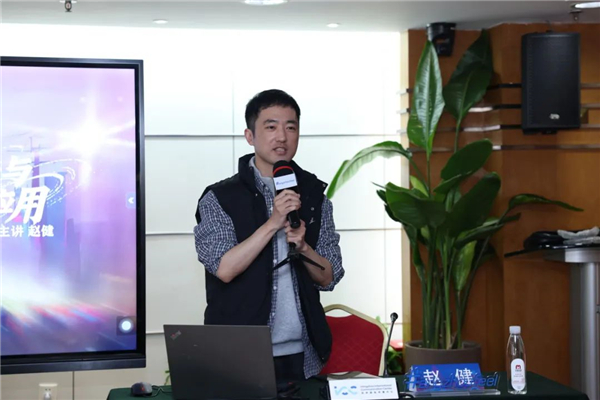
Zhao introduces the functions AI has for designs and communications.
How does AI specifically empower designs and communications? Zhao Jian, a professor at Hangzhou Dianzi University, illustrated the vivid potential of AI in the creative industries.
Under the AI development framework of "Perception - Thinking - Realization", generative AI is reshaping the field of art designs. "AI can not only emulate the styles of masters like Monet and Picasso to create new works but can also compose music, write lyrics, design images, produce videos and even partially replace professional modeling software," Zhao explained.
However, using AI is also like opening a mystery box. Different AI models, such as DeepSeek, Doubao and Kimi, each have their strengths and the key is understanding how to use the right tool for the job.
The media communications sector is also undergoing a revolutionary transformation with AI. AI-driven digital anchors are impressively lifelike and their application in short videos and live broadcasts has dramatically improved production efficiency while reducing costs.
For non-design professionals, AI's "text-to-image" and "image-to-image" functions have opened up a new creative world. Zhao shared his experiences, noting that while large base models often struggle with image consistency due to their broad training datasets, smaller, customized models tend to produce more stable and higher-quality visual content.
"Imagine, in the future, we might not rely on our current mobile phones. We won't need various apps, like reviewing ratings before ordering takeout; AI will make those decisions for us," Zhao envisioned. He believes that AI's future is bright, with the ability to understand and change the world through perception and realization. However, this also raises concerns, as AI can self-learn after mastering human knowledge.
Despite these challenges, Zhao remains optimistic about AI's potential, advising: "Instead of worrying about being replaced by AI, think about how to make it a valuable assistant".
Embracing AI, while upholding journalistic integrity
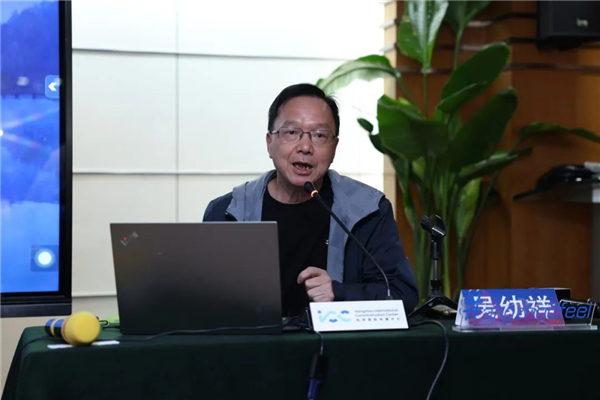
Wu shares his insights on AI's role in media convergence.
How can AI be used innovatively and ethically in media convergence applications? Wu Youxiang, the former deputy editor-in-chief of Hangzhou.com.cn, shared his insights on AI's role in media convergence. He highlighted AI's potential in automating content generation, intelligent reviews and personalized recommendations. However, these advancements also bring challenges, he added, such as issues of authenticity and displacement of jobs.
"The hallucination problem of large models cannot be ignored; incorrect data can lead to misleading output," Wu warned. He stressed that when using AI, it's crucial to verify information from multiple sources, especially when handling complex news events, as AI has limitations in language understanding and emotional expression.
"Regardless of how technology advances, journalistic values will always be the soul of quality work. We should use AI wisely, but never let it dominate; adhering to journalistic professionalism is our foundation," Wu emphasized, offering a sober reflection amid the AI boom.
Global audience explores AI, future prospects
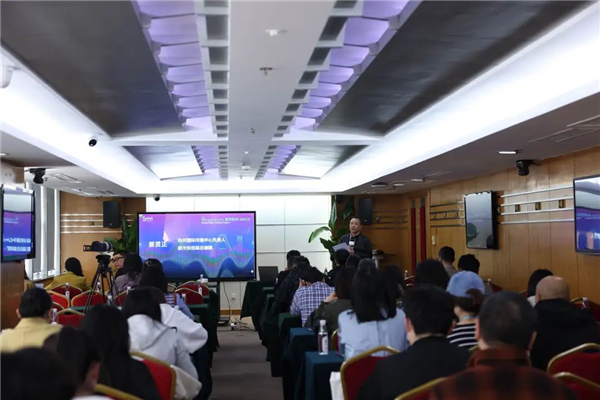
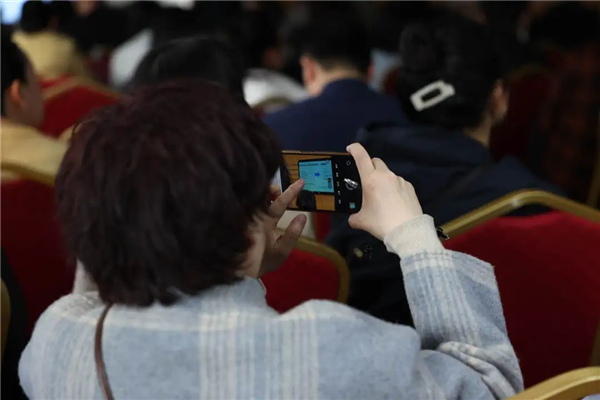
The audience listens carefully to the lecture.
The event attracted over 100 attendees. Lou, who heard about it through the City Link app, said that many people around him use AI tools, but still consider them as simple search engines.
"This training has completely changed my perspective. The speakers provided in-depth insights into the working principles of AI models and how the 'AI+' approach can drive innovation across different fields," he said.
He was particularly impressed by Zhao Jian's examples of AI's application in the creative arts, such as composing songs and designing patterns, making art accessible to the general public.
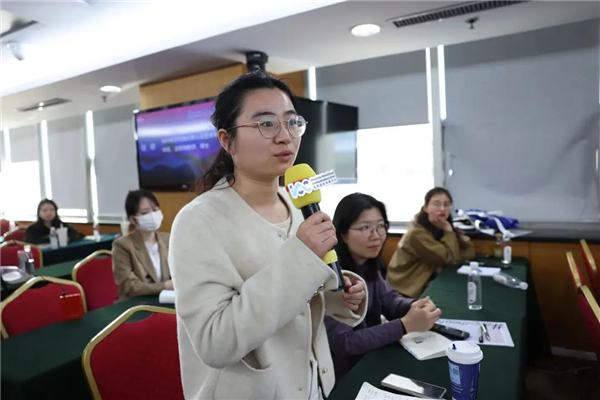
Journalist Ye shares her own experience of learning AI.
Ye, a journalist, shared her professional takeaways: "As media professionals, we need to think about how to integrate AI technology into news production."
"For example, in news writing, we can provide AI with sample texts and have it create content in a specific style, greatly improving efficiency," Ye added.
She used the example of the TV series Blossoms and how AI could learn the script's language style to help with content creation.
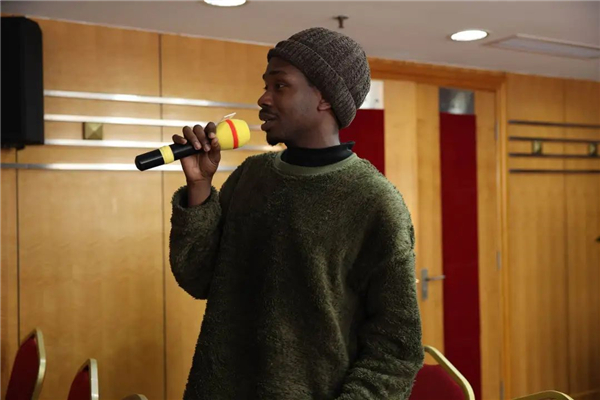
An international member of the audience asks a question.
International attendees also participated via the Hangzhoufeel WeChat public account. Augustine Wereuche Praise, a Nigerian student from Zhejiang University of Science and Technology, raised questions about how AI could be applied in journalism.
Zhu suggested to him possible directions, such as multi-language translations and text refinements.
-
Visionary Pathway - Hangzhou Playbook
July 15, 2025


